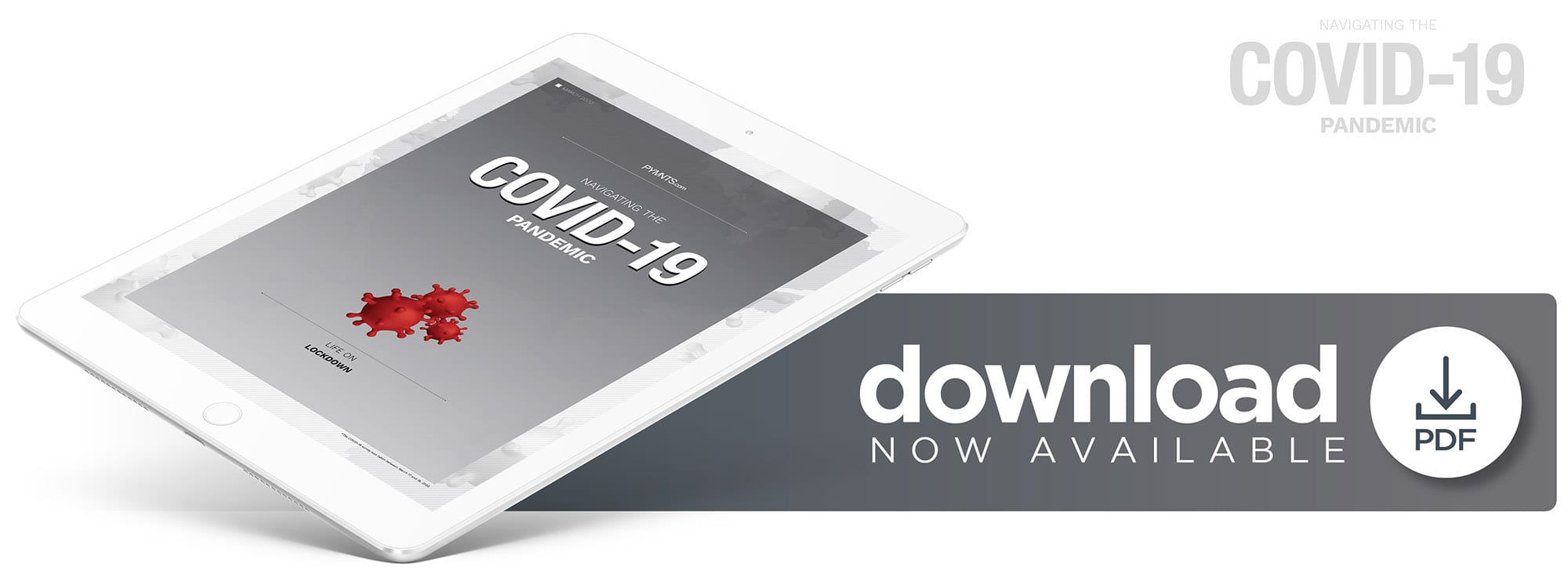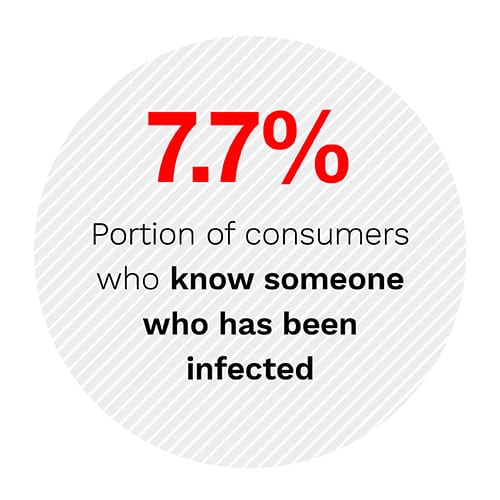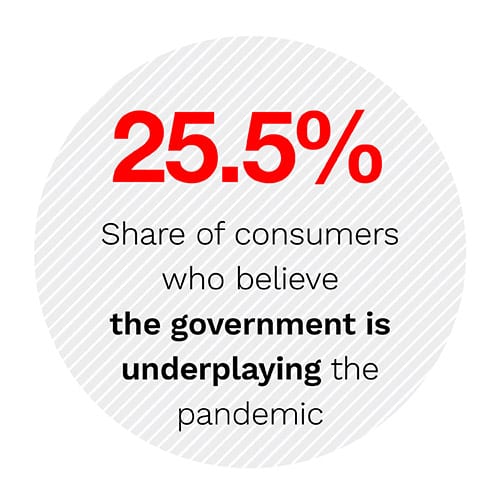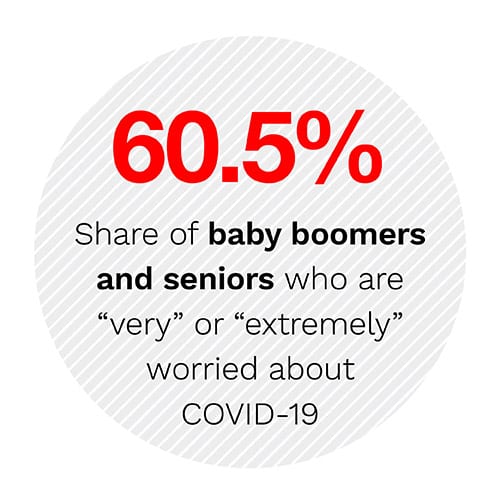Life Inside America On Lockdown
 In the 11 days between March 6 and March 17, 2020, John Hopkins reported 3,200 new COVID-19 cases and 65 new deaths throughout the United States. The Centers for Disease Control and Prevention (CDC), meanwhile, issued guidelines banning gatherings of more than 50 participants and the City of San Francisco mandated that its citizens quarantine themselves in their homes.
In the 11 days between March 6 and March 17, 2020, John Hopkins reported 3,200 new COVID-19 cases and 65 new deaths throughout the United States. The Centers for Disease Control and Prevention (CDC), meanwhile, issued guidelines banning gatherings of more than 50 participants and the City of San Francisco mandated that its citizens quarantine themselves in their homes.
On March 15, director of the National Institute of Allergy and Infectious Diseases Dr. Anthony Fauci appeared in a televised press briefing in which he warned that the nation must take aggressive measures to slow the spread of the virus or risk seeing it spread faster than the nation’s medical infrastructure would be able to handle.
Is it any wonder, then, that 94 percent of U.S. consumers say they are afraid for the future? Or that the majority of consumers are changing the way they shop and pay to avoid contracting the virus?
PYMNTS launched a survey of 1,923 U.S. consumers on March 17 to find that in just 11 days, their  outlook of the pandemic had already dramatically shifted since we issued our first survey on March 6. The share who reported feeling very or extremely concerned skyrocketed from 36.9 percent to 57 percent since March 6, for example. We also saw a major uptick in the share of baby boomers and seniors who reported feeling very or extremely worried in that time, almost doubling from 33 percent on March 6 to 61 percent on March 17.
outlook of the pandemic had already dramatically shifted since we issued our first survey on March 6. The share who reported feeling very or extremely concerned skyrocketed from 36.9 percent to 57 percent since March 6, for example. We also saw a major uptick in the share of baby boomers and seniors who reported feeling very or extremely worried in that time, almost doubling from 33 percent on March 6 to 61 percent on March 17.
It is difficult to pinpoint any single event that might have sparked this shift, but it is clear that it was affecting nearly every aspect of daily life.
The share of consumers who were not working increased 38.5 percent between March 6 and March 17, and the share who said they were doing less shopping — even for groceries — increased even more. Our  surveys showed that the average consumer was grocery shopping 17.4 percent less often on March 6 than they did before the pandemic. That share increased to a staggering 73.3 percent by March 17.
surveys showed that the average consumer was grocery shopping 17.4 percent less often on March 6 than they did before the pandemic. That share increased to a staggering 73.3 percent by March 17.
This just goes to show the extent to which the widespread concern over the COVID-19 pandemic and its potential impacts had disrupted consumers lives.
So, what needs to happen before consumers’ concerns over the COVID-19 pandemic can be assuaged, and how long will it take for their lives to go back to normal?
These are just a few of the questions PYMNTS sought to address in our latest Navigating The COVID-19 Pandemic: Life On Lockdown Edition.
To learn more about how the pandemic is changing daily life in the United States, download the report.

